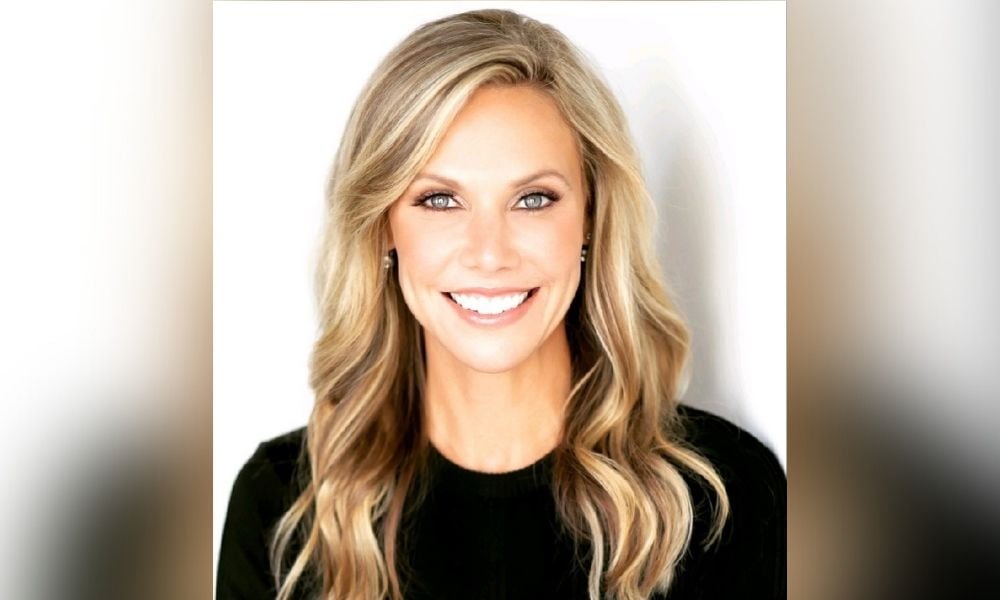When you're 60 plus, a traditional mortgage is not the answer, she argues

Reverse mortgages sometimes get a bad rap. Much of the bad press can be traced back to the days when people with a poor credit rating turned to these types of loans only as a last resort.
The 2008 financial crash proved to be a low point for reverse mortgages, although reports as recent as 2015 about misleading advertisements related to the product have done little to help.
But since then, some in the industry have become standard bearers for the cause, arguing that the current product, also known as a Home Equity Conversion Mortgage (HECM), bears no resemblance to its discredited predecessor.
The market potential is undeniable. According to a recent reverse mortgage market index report, homeowners eligible for this type of loan saw their housing wealth grow to a record $9.23 trillion by the end of 2020 and to an all-time high this year, driven by a $329 billion increase in home values.
At first glance, there is not much to fault the thinking behind the product. Homeowners aged 62 or older with equity can borrow a sum against the value of their property. In turn, they receive funds as a lump sum, a line of credit or a fixed monthly payment.
During that period, they are not required to make a loan payment unless they wish to. The entire balance is only due when the person dies, vacates the property permanently, or sells up.
One person eager to dispel the myths surrounding the product is Kristen Sieffert, president of Finance of America Reverse (FAR).
Speaking to MPA, she acknowledged that despite the evident advantages of reverse mortgages, much still needed to be done to educate both borrowers and originators. A first step is to recognize what went wrong years ago.
“For a long time, there was no credit component tied to the programs, so people who weren’t underwritten to make sure they could at least afford their tax and insurance payments ended up facing default and foreclosure.
“At the time the foreclosure rate of the industry was around 10%, which is horribly high and not sustainable,” she said.
She stressed that the industry had now cleaned up its act, thanks largely to new government safeguards and parameters.
Despite this, she admitted it was still “an uphill battle” to convince borrowers to embrace the product.
“We approach every interaction with a customer to create an advocate; then an advocate to create an evangelist at every touchpoint,” she said.
“We’ve built our entire company strategy around shifting that perception, and we’ve got to re-educate the market so that people aren’t afraid to explore the benefits of the tool.”
That period of education can last as long as six months and involve the borrower, their family and their financial advisor before they decide to move forward.
Spearheading FAR’s reverse mortgage campaign is a new product called EquityAvail, the first under the umbrella of retirement mortgages, involving a low payment, 10-year term that automatically flips to a no-payment loan after the term ends, allowing the lender to offer borrowers a higher LTV.
Sieffert is convinced about the merits of the product, and she has a point. With more than 1.21 million households utilizing FHA-insured reverse mortgages so far, and the number of Americans aged 65 and older expected to more than double over the next 40 years (they are likely to reach 80 million in 2040, according to the Urban Institute), the market potential cannot be ignored.
“In today’s rate environment, you can get this loan with a 3% interest rate. Imagine taking out this type of loan rather than a 30-year fixed forward mortgage at the age of 62.
“You can make a payment if you want to - there’s no penalty against it - and you’ve got a 3% interest rate. If you hit 75 and some unexpected health event happens and you can’t afford your mortgage payment anymore, no problem - you don’t have to make it. It’s a really amazing product,” she said.



